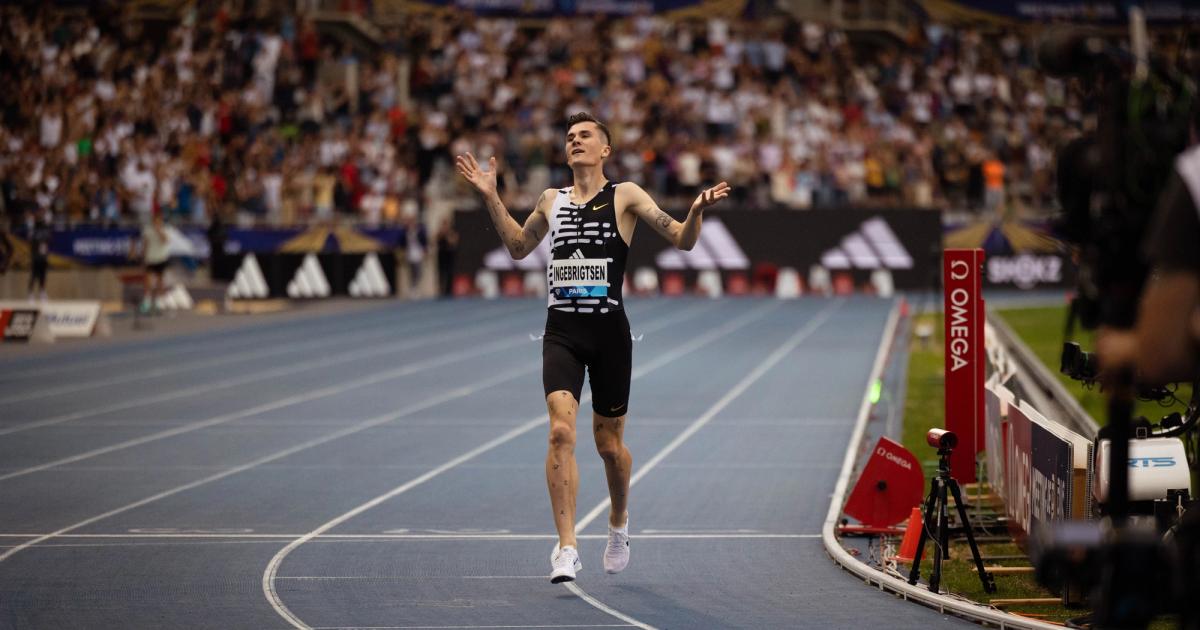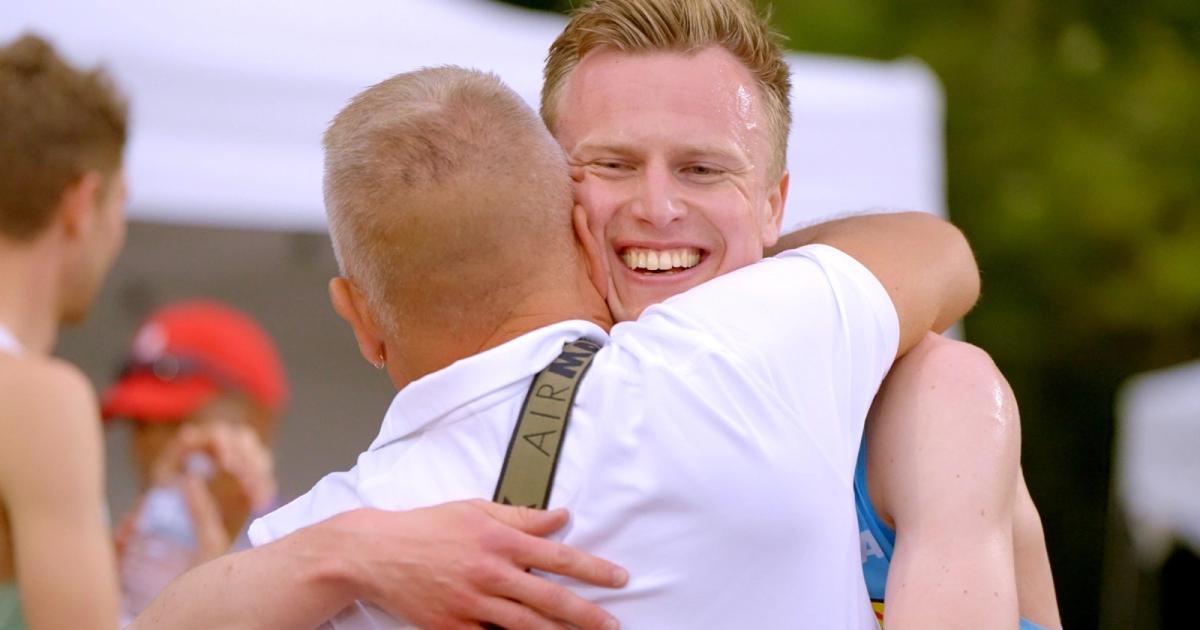By Kyle Merber
June 14, 2023
How good is Jakob Ingebrigtsen? His name is such a regular mention in this newsletter that I no longer have to double-check my spelling. That tells you all you need to know… and he also ran a new world record for two miles in 7:54.10, a time fast enough that it would have qualified him for the 2011 NCAA Indoor Championship 3000m.
Daniel Komen’s previous two-mile mark of 7:58.61 was set in 1997, a few years before Jakob was born. If breaking four minutes for the mile once qualifies an athlete for elite status, then what does doing it twice in one race do? I built my entire empire on the back of running a 3:52 mile and that’s what Ingebrigtsen ran for his second half. Imagine how successful HIS newsletter would be!
Now we can sit here and brood about the unfair disparity of talent in the world, or dive deeper into the numbers to further quantify just how much better Jakob is than everyone else, but here is what I have been returning to most the past few days: this interview.
When CITIUS MAG's David McCarthy sent a text to HQ saying that he wasn’t aiming to be another phone in the sea of reporters and that he’d be trying for a personal conversation in Paris, we told him don’t risk it. He risked it. Standing at the end of the mixed zone, David’s window of opportunity seemed to have closed following the media scrum when Jakob was whisked away with drug testers in tow. But like the Terminator, Jakob said, “I will be back.” And he delivered on that promise.
What followed is a fantastic conversation about the “Ingebrigtsen Method” and his mental approach to racing and training. In short, Jakob thinks most athletes train too hard and this stems from a lack of confidence in their own abilities. It’s a relatively simple message and likely something most of us had heard at some point in our careers, if ever under proper guidance. But it’s one thing for a coach to say, ‘slow it down and run the pace,’ and it’s another when the athlete truly comprehends the purpose of each workout and the system as a whole.
During the broadcast, Steve Cram mentioned that Jakob estimates that he trains 30% more than most of his competitors, which is likely true. The Norwegian approach to training is well documented by now. It’s a high mileage, threshold intensive program where lactic levels are meticulously monitored.
The benefits associated with super shoes and wave light pacing technology are undoubtedly contributing factors to the current state of distance running. But I wouldn’t discount the impact top athletes like Ingebrigtsen have by encouraging others to train hard, but intelligently and with purpose. Jakob’s transparency and candor is being absorbed and is trickling down to the next generation.
Look at the times accomplished across the world in the 1990s, and you’ll notice an absence of American names anywhere close to the top of the list. With a few exceptions, an entire generation had taken a step back from the accomplishments of the one that preceded it. Why? Athletes were trying too hard in all the wrong ways.
Admittedly, it’s not entirely their fault. This was most definitely a period in history of loose morals and infrequent convictions. Trying to replicate the enhanced training of others without taking part in a crucial component of their secret sauce was a dangerous recipe for over training.
That decade was a limping lesson in what not to do. And the takeaway is simple: focus on yourself. The stoics figured that out two thousand years ago, yet here we are!
Like many athletes, I knew and understood these principles in theory. However, when reflecting on my career, my execution of them was inconsistent. Being able to walk – rather than hobble – away from workouts was quite easy in college, because I was the best miler on the team. That meant everyone else had to try and keep up in workouts with me – quite the advantage!
As a professional, the success or frustration of each season often aligned with how healthy I was during the fall, and how fruitful my base-building went. Without making Jakob’s world record too much about me, it’s much easier to do what’s in your best interest when you aren’t having to play catch-up.
While a lot of athletes understandably try to join the best team possible at every point in their career, we regularly see Jakob training alone on a treadmill or on a track with just a bike. The pace is determined by his effort (and blood levels), not by how quick others are choosing to run. And it is much easier to remain confident in your training when you aren’t routinely having your doors blown off by a fresher or fitter teammate.
"“One of the biggest mistakes that a lot of people do, is they go too hard in training. That’s basically because of their mentality and what they’re struggling with – they don’t believe in themselves. That’s why they need to do it in training because they need to build up that confidence.”"
Tomorrow Jakob will be making an attempt on the 1500m world record at the Oslo Diamond League. I mean he didn’t really say exactly that but when you’ve demonstrated the range and fitness he has, every race basically gets billed as a record attempt. Will he once again be running alone?

Kyle Merber
After hanging up his spikes – but never his running shoes – Kyle pivoted to the media side of things, where he shares his enthusiasm, insights, and experiences with subscribers of The Lap Count newsletter, as well as viewers of CITIUS MAG live shows.




